ECB Vice President Luis de Guindos said in an interview with Le Monde, “increases of 50 basis points may become the new norm in the near term”. He added, “we should expect to raise interest rates at this pace for a period of time” and “enter into restrictive territory.”
He expects inflation will be “somewhere around its current level” at 10% “over the course of the next two or three months”. Inflation will then drop to “hover around 7% by middle of the year. As it’s “still clearly above” ECB’s target of 2%, “We have no choice but to act.”
Regarding the economy, he said, “our projections therefore expect the euro area to fall into a mild recession in the last quarter of this year and in the first quarter of 2023, when GDP is expected to contract by 0.1%.”
Full interview here.





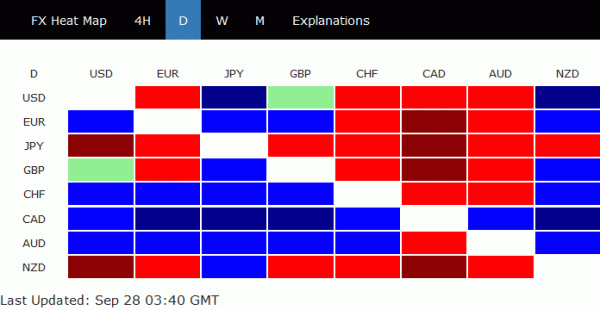
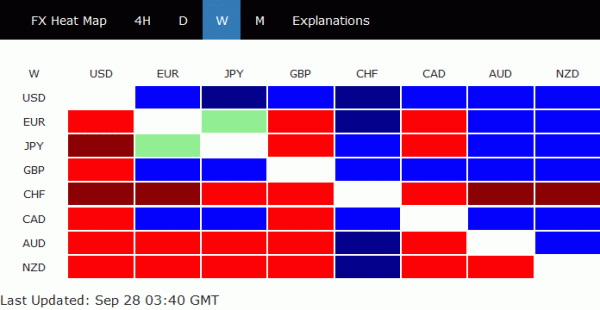
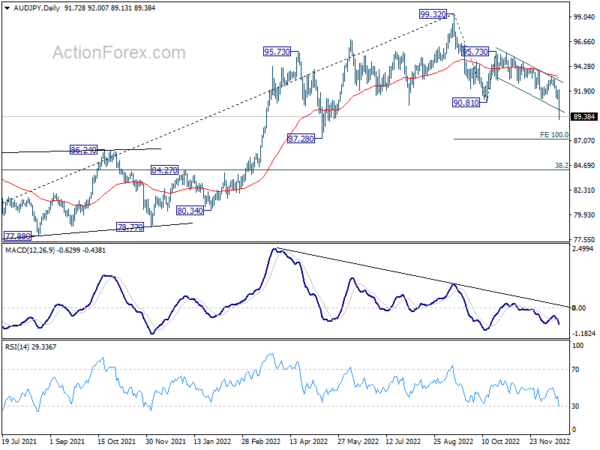
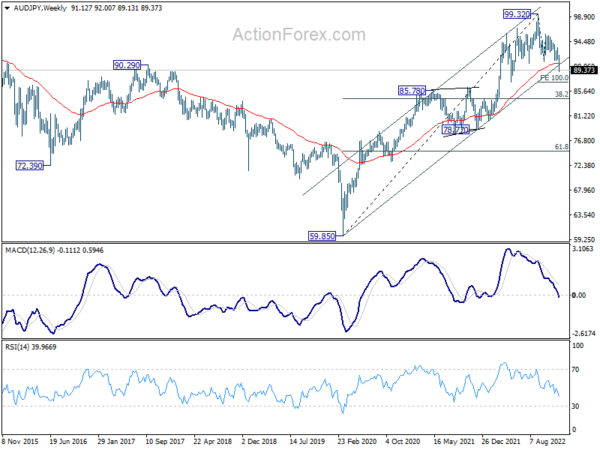
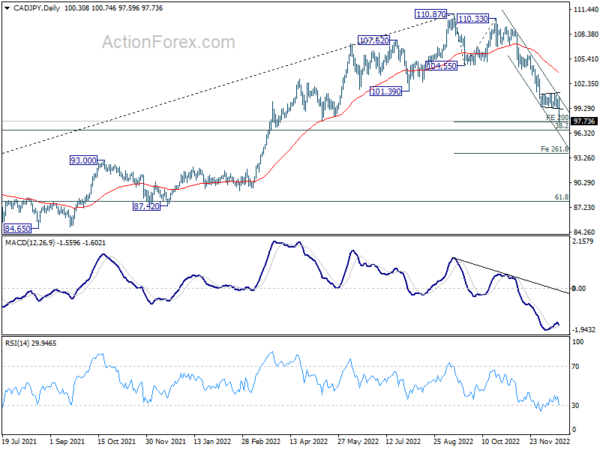
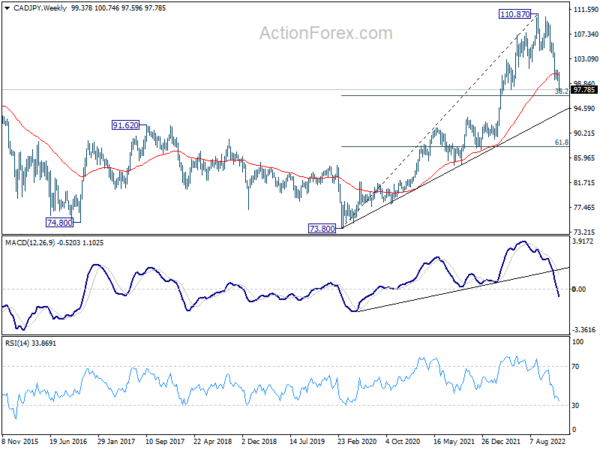
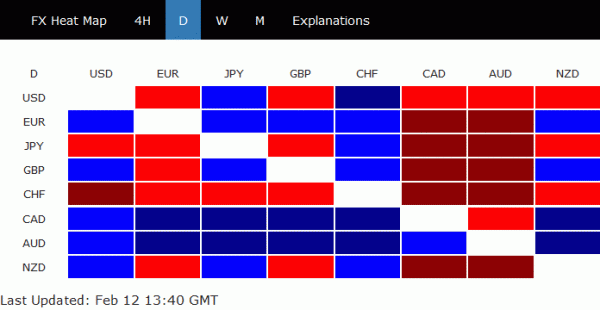
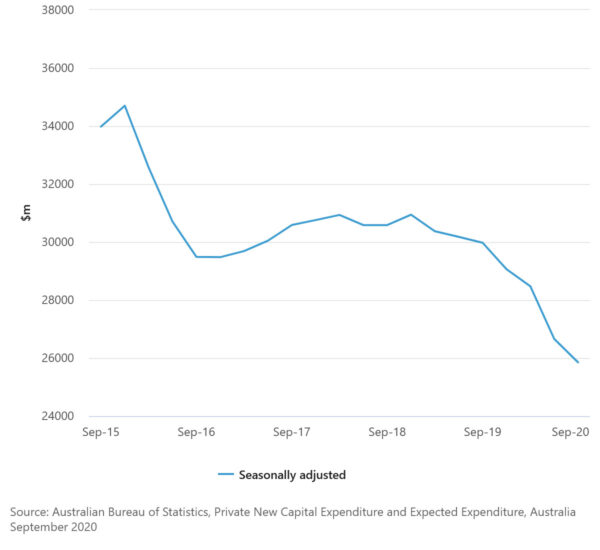
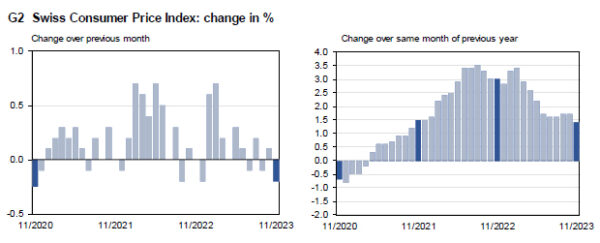
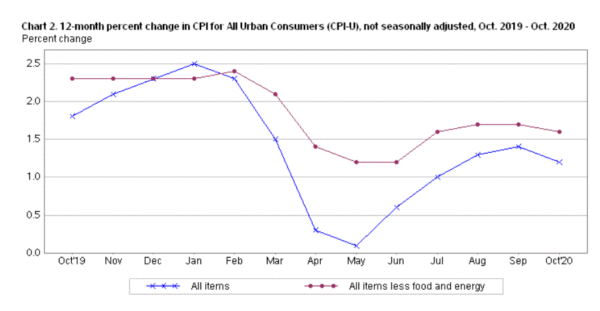
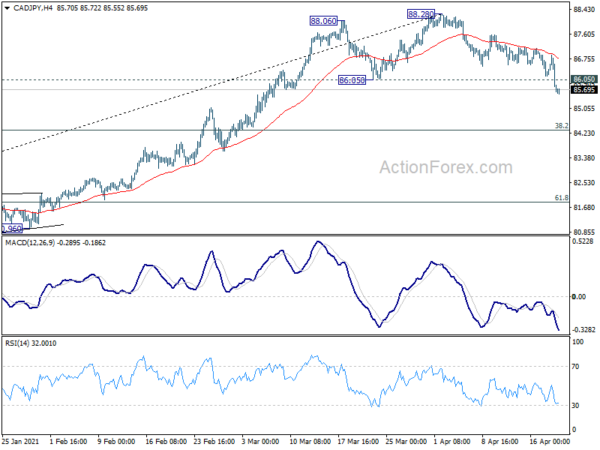
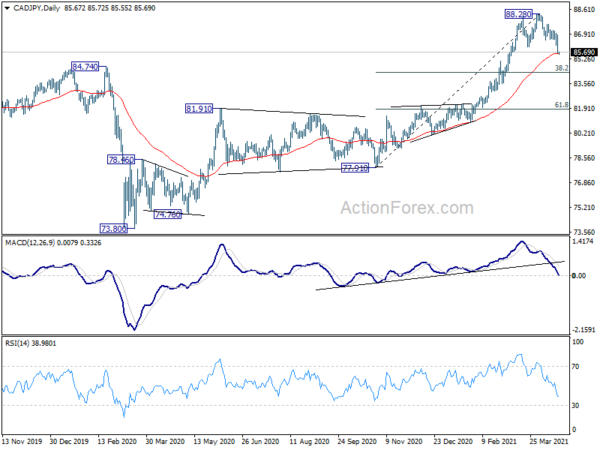
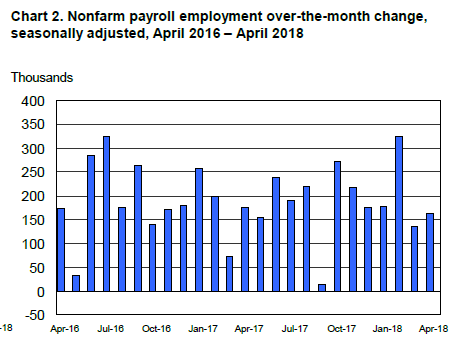
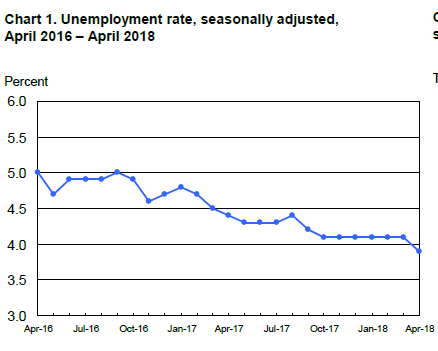
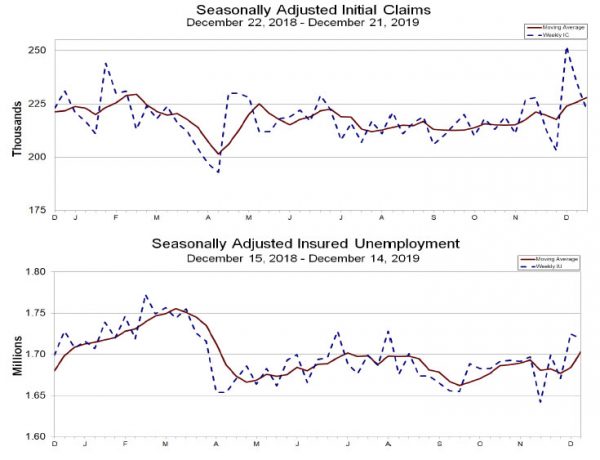

Tech sector propels NASDAQ to new record
The US stock markets continued to display diverged performance. While DOW continued to struggle to bounce, S&P 500 and NASDAQ surged to new record highs. In the background, investor confidence is growing that Fed will begin cutting interest rates in September, with markets currently pricing in nearly 70% odds of this outcome.
A significant driver of this bullish sentiment is the strong performance of the tech sector, which has boosted overall risk appetite. Nvidia’s market valuation reached the USD 3T for the first time, surpassing Apple to become the world’s second-most valuable company.
Technically, near term outlook will now stay bullish in NASDAQ as long as 16336.07 support holds. A goldilocks non-farm payroll report tomorrow could prompt upside acceleration towards 138.2% projection of 10207.47 to 14446.55 from 12543.85 at 18427.31.